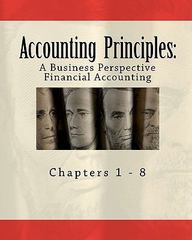

Help with question Please
A D Question g 7 pts Question Question 5 (3) Question 6 The diagram below gives information about demand and supply for widgets in Econland. Please note that this diagram is also Question 7 on the graph sheet, if you printed one prior to the test (all supply and demand diagrams are the same on the graph sheet). 14 Time Running; Hide Atterriget dur Mar 22 4 13:509pm 13 1 Hour, 13 Minutes, 9 Second 12 11 S O-NWACID V0 0 0 D 0 1 2 3 4 5 6 7 8 9 10 When free trade (international trade) is allowed, suppose widgets can be obtained from the "Rest of the World" (the other country) at the world price of $3. Also suppose that there is currently no government intervention, and that Econland can import as many units as they want without the world price changing (as was the case in class). How many widgets does Econland import from the "Rest of the World" at this world price?A Question 8 7 pts Question 5 The diagram below gives information about demand and supply for widgets in Econland, Please note that this diagram is also Co Question 7 on the graph shout, If you printed one poot to the test (all supply and demand diagrams are the same on the graph sheet) Time Running this 14 1 Hour, 13 Minutes. 165 S O-NWACIONODD-NW D 0 1 2 3 4 5 6 7 8 9 10 When free trade (international trade) is allowed, suppose widgets can be obtained from the "Rest of the World" (the other country) at the world price of $3. Also suppose that there is currently no government intervention, and that Econland can import as many units as they want without the world price changing (as was the case in class). What is the total surplus in the Econland widget market?The diagram below gives information about demand and supply for cars in Econland. Please note that this diagram is also on (7) Question 7 the graph sheet if you printed one prior to the test (all supply and demand diagrams are the same on the graph sheet). Time Ruining His Afteript dum: Mar 22 0 11:5ipm 1 Hour, 13 Minutes. 25 Seconds CON TONFOODNODTONTO 0 1 2 3 4 5 6 7 8 9 10 Suppose that each car in Econland creates a $6 negative externality because of pollution, and regardless of whether it is efficient or not, the government taxes this market by $2 per unit. What is the change in total surplus from this policy when compared with the free market, when no government policy was used? O no change in total surplus from this policy 0 +$6











